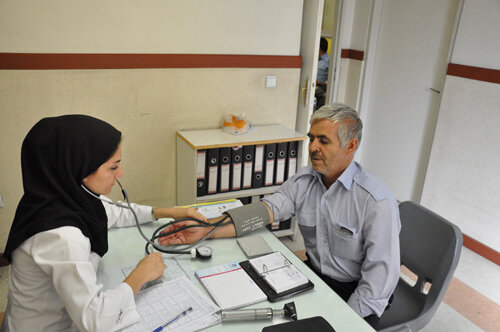$911m allocated to Family Physician program

TEHRAN – A total of 38 trillion rials (around $911 million at the official rate of 42,000 rials) has been earmarked to the implementation of the Family Physician program in rural areas across the country over the current [Iranian calendar] year (began on March 21).
The program started in 2005, targeting almost 25 million citizens residing in rural areas.
Based on the program, a physician and a midwife offer services in rural areas, every 3,300 villagers have a physician and there is a midwife per 5,200 people in villages.
The plan helped reduce treatment costs and public spending on healthcare services, as the physician is aware of the person’s health background, so that it prevents many unnecessary diagnostic processes, like scans.
Currently, 28 million people in the country are covered by urban and rural family physicians, deputy head of Health Insurance Organization, Mehdi Rezaei, said.
Some 12 services are provided in the villages, including doctor visits, pharmaceutical, paraclinical, laboratories, radiology, drug supplements, management of technical programs, and construction, he noted.
In recent years, the budget was partially paid by the Ministry of Health and Health Insurance Organization, he stated.
Currently, 7,000 physicians, 5,600 midwives, and over 2,000 dentists are providing services in 4,112 rural centers, he concluded.
Mohammad Shariati, associate professor at the Tehran University of Medical Sciences and former director of the national health network told the Tehran Times in August that “because of the variety of medical services, a family physician can provide a broad scope of expertise much less expensive than a specialty doctor. If a specialty doctor is necessary, family physicians can consult with a specialist.
Part of a family physician’s job is helping the patients navigate the increasingly more complicated healthcare industry.
When family physicians are covering the societies, hospital visits, emergency rooms, and surgical hospital visits are all lowered, which can help lower the cost of medical care within the communities.
Their preventive, as well as chronic care, can cause health growth in the country.”
FB/MG
